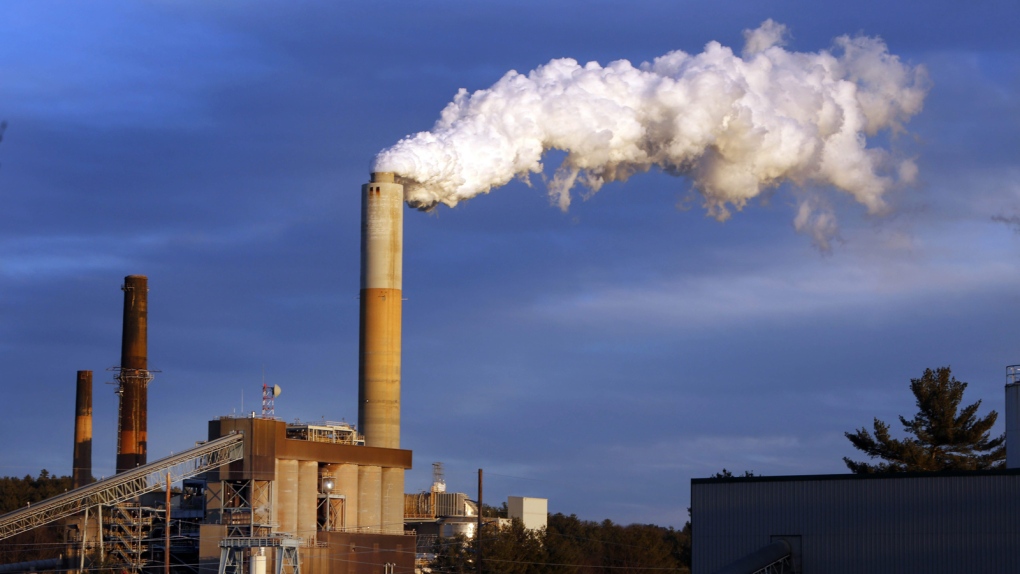Extreme weather, driven by climate change, could shut down more than 16,000 hospitals worldwide: report

One in 12 hospitals around the world are at risk of partial or total shutdown from extreme weather events by 2100 if countries fail to curb fossil fuel emissions, a new report warns.
Without a phase out of fossil fuels, a total of 16,245 hospitals could be somewhat or completely shut down by the end of the century, according to the report from XDI (Cross Dependency Initiative), a climate risk analyst, which looked at a total of 200,216 hospitals around the world.
The report was released in time for the COP28 climate summit’s health day, which saw global leaders come together in Dubai on Sunday to discuss how to strengthen the resilience of health systems in the face of climate change.
“Climate change is increasingly impacting the health of people around the world,” said Dr. Karl Mallon, director of science and technology at XDI, in a news release.
“Our analysis shows that without a rapid phase out of fossil fuels, the risks to global health will be exacerbated further, as thousands of hospitals become unable to deliver services during crises.”
The analysis focused on the physical risk to hospitals posed by six climate change hazards — coastal inundation, riverine flooding, surface water flooding, forest fires, extreme wind and cyclone winds — as well as how different emission scenarios can reduce risk.
While some hospitals can be adapted to help prevent destruction from extreme weather events, for many, relocation will be the only option, the report suggests.
Even with a rapid reduction of fossil fuel emissions, the report says the risk of damage to hospital infrastructure will still increase by 2100 due to emissions that have already occurred or appear unavoidable. A lower emissions scenario, however, could significantly lower this risk.
The report also categorizes each individual hospital as either high risk, medium risk or low risk of shutdown by the end of the century and notes their location.
Of the 16,245 hospitals identified as at a high risk of shutdown by 2100, the report notes that an alarming 71 per cent (11,512) will be in low- and middle-income countries.
Currently, South East Asia has the highest percentage of hospitals at high risk of damage from extreme weather events, with close to one in five (18.4 per cent) hospitals considered high risk. It is followed by East Asia at 10.78 per cent and South Asia at 9.97 per cent.
Meanwhile, North America is projected to experience the greatest increase in risk of damage to all hospital infrastructure by the end of the century, with a 430 per cent increase in the amount of risk since 2020. It is followed by East Asia, at 412 per cent.
India tops the list of 50 countries with the highest number of at-risk hospitals, with 5,120, followed by China, which has 1,302 hospitals at high risk. Canada has 38 hospitals at high risk by 2100, and is ranked 43rd.
In light of the report’s findings, XDI is urging governments to take action in order to protect the health and safety of all.
“Governments have a duty to populations to ensure the ongoing delivery of critical services,” said Mallon.
“We urge all governments and health administrators to review this report and identify high-risk hospitals in their jurisdiction so that they can take appropriate action.”



With the knowledge that your website has given me, I send my best wishes for the continued success of your important goal. I wish you success as you walk.
mail order cialis
buy sildenafil canada
cialis price comparison no prescription
tadalafil pulmonary arterial hypertension
https://mikrozajmy-na-kartu.ru/
can you buy genuine viagra online